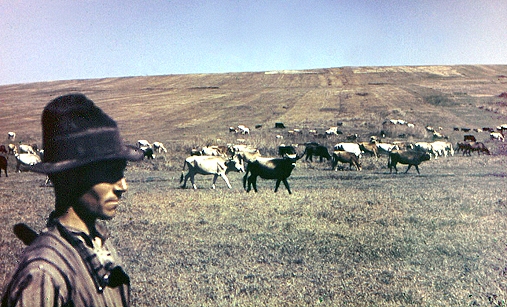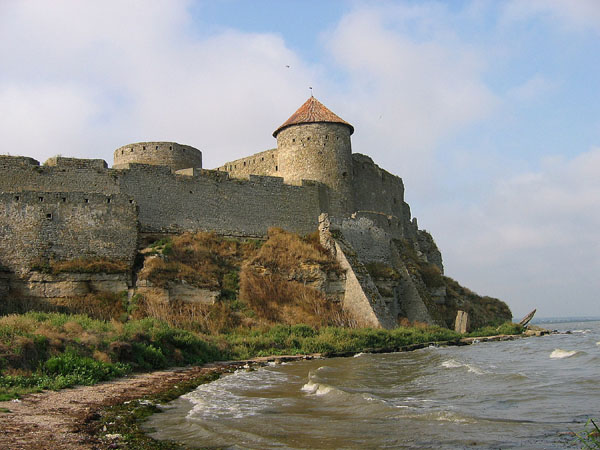|
Budjak
Budjak, also known as Budzhak, is a historical region that was part of Bessarabia from 1812 to 1940. Situated along the Black Sea, between the Danube and Dniester rivers, this multi-ethnic region covers an area of and is home to approximately 600,000 people. The majority of the region (former Izmail Oblast) is now located in Ukraine's Odesa Oblast, while the remaining part is found in the southern districts of Moldova. The region is bordered to the north by the rest of Moldova, to the west and south by Romania, and to the east by the Black Sea and the rest of Ukraine. Name and geography Historically, Budjak was the southeastern Bugeac Steppe, steppe region of Moldavia. Bordered by the northern Trajan's Wall at its north end, by the Danube, Danube river and Black Sea to its south, by Tigheci Hills (just east of the Prut, Prut River) to the west, and Dniester, Dniester River to the east, it was known as ''historic Bessarabia'' until 1812, when this name was given to the larger ... [...More Info...] [...Related Items...] OR: [Wikipedia] [Google] [Baidu] |
Akkerman Fortress
The Bilhorod-Dnistrovskyi fortress or Akkerman fortress (, or , also known as Cetatea-Albă or Kokot) is a historical and architectural monument of the 13th–14th centuries. It is located in Bilhorod-Dnistrovskyi in the Odesa Oblast of southwestern Ukraine, in the Budjak, the historical region of Bessarabia. History Start of construction The fortress was built on the remains of Tyras, an ancient Greek city on the northern coast of the Black Sea which existed until the 4th century. Frequent attacks by invaders (Goths and Huns) destroyed the city. Antes (people), Antes, Slavs, and Bulgarians lived on the site of Tyras after the Greeks. In the 10th century, Bilhorod was part of Kievan Rus'. Later it was owned by the Kingdom of Hungary, then the Principality of Galicia–Volhynia, where it stayed until the invasion of the Mongols. It is not known when construction began on the fortress. Most historians today believe that it was a trading Enclave and exclave, exclave of the Re ... [...More Info...] [...Related Items...] OR: [Wikipedia] [Google] [Baidu] |

